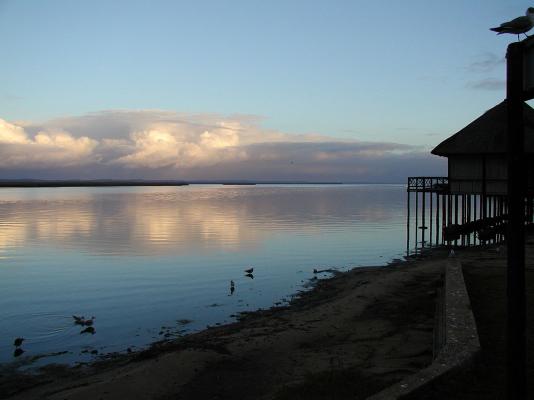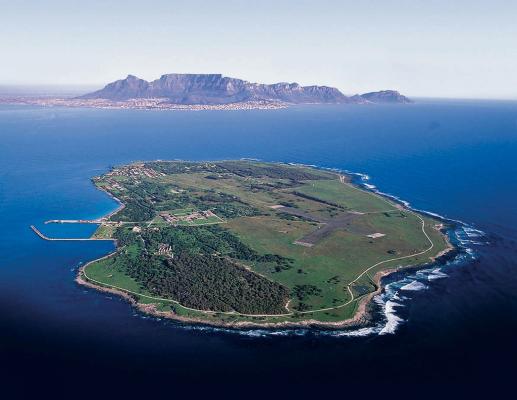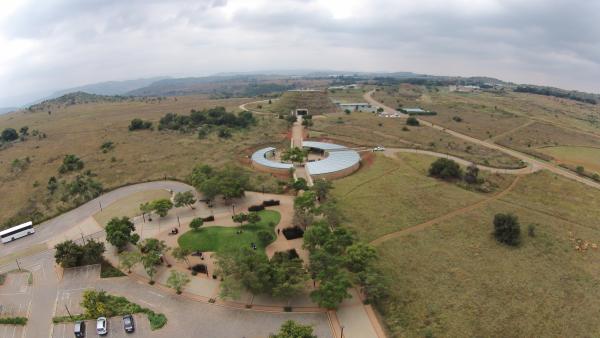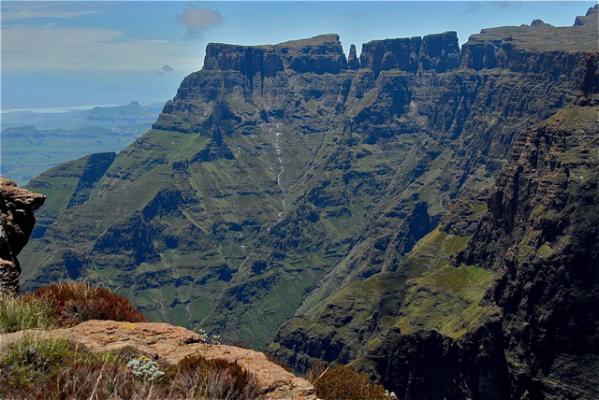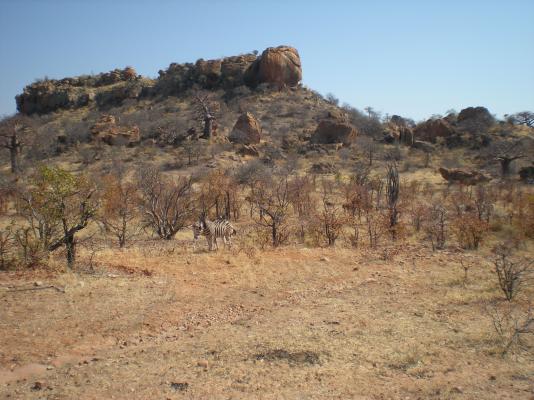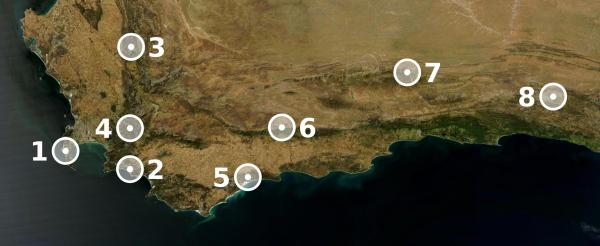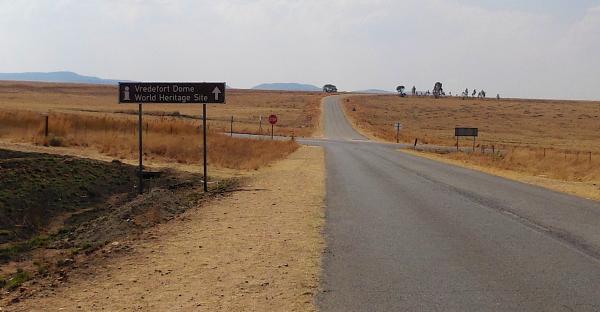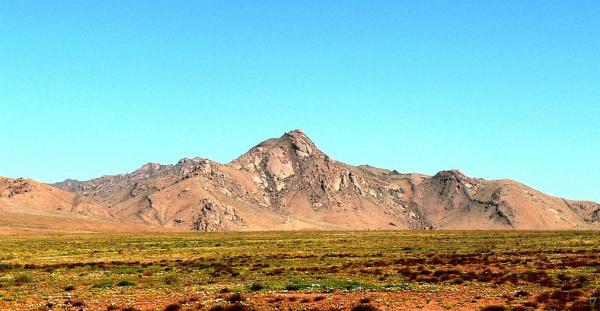South Africa is home to eight of the world's official heritage sites, as determined by Unesco's World Heritage Committee. The country has a total of 4 cultural, 3 natural and one mixed (cultural and natural) heritage sites.
This is is not surprising given the spectacular and diverse culture, nature and wildlife that South Africa offers its tourists.
(KwaZulu-Natal)
The iSimangaliso Wetland Park (formerley the Greater St Lucia Wetland Park) has both one of the largest estuary systems in Africa and the continent's southernmost coral reefs. The park has been noted for its exceptional biodiversity, including some 521 bird species.
(Western Cape)
Robben Island is most famous as the place where Nelson Mandela, the first democratically elected president of South Africa, was imprisoned for 18 of his 27 years in jail. The island has since become a symbol of the triumph of democracy and freedom over oppression.
Cradle of Humankind
(Gauteng)
The Cradle of Humankind covering the region of Sterkfontein, Swartkrans, Kromdraai and environs has one of the world's richest concentrations of hominid fossils, evidence of human evolution over the last 3.5-million years.
uKhahlamba Drakensberg Park
(KwaZulu-Natal)
The Park has outstanding natural beauty, Africa's highest mountain range south of Kilimanjaro, and the largest and most concentrated series of rock art paintings in Africa - making it a World Heritage site of both natural and cultural significance.
Mapungubwe National Park
(Limpopo)
Mapungubwe - "place of the stone of wisdom" - was South Africa's first kingdom, and developed into the subcontinent's largest realm, lasting for 400 years before it was abandoned in the 14th century. Its highly sophisticated people traded gold and ivory with China, India and Egypt.
Cape Floral Region
(Western Cape)
The Cape Floral Region takes up only 0.04% of the world's land area, yet contains an astonishing 3% percent of its plant species. This makes it one of the richest areas for plants in the world and one of the globe's 18 biodiversity hot spots.
Vredefort Dome
(Free State)
Some 2-billion years ago a meteorite 10 kilometres in diameter hit the earth about 100km southwest of Johannesburg, creating an enormous impact crater. This area, near the town of Vredefort in the Free State, is known as the Vredefort Dome.
Richtersveld Cultural and Botanical Landscape
(Northern Cape)
The Richtersveld Cultural and Botanical Landscape covers 160 000 hectares of dramatic mountainous desert in the north-west part of South Africa. A unique feature of the site is that it is owned and managed by a community that until recently had very little to call its own.
